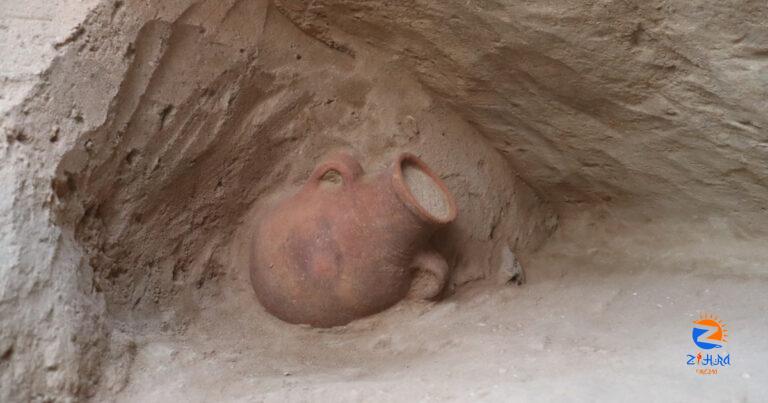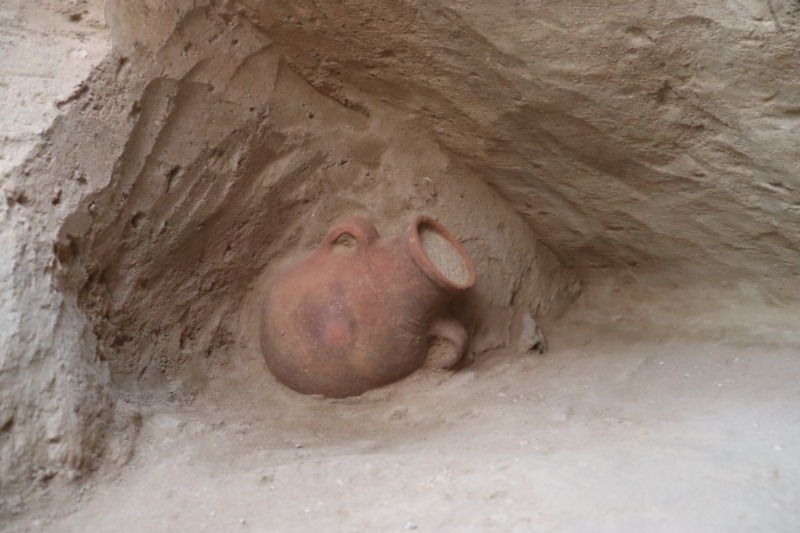
[ad_1]
A glimpse into the UAE’s past…
The Department of Culture and Tourism – Abu Dhabi (DCT Abu Dhabi) has unearthed new sites and artefacts dating as far back as the Iron Age and the Pre-Islamic period in Al Ain. The discoveries reportedly belong to the 1300 BCE to 600 CE time period.
DCT Abu Dhabi carried out excavations after a road and infrastructure reconstruction led to the discovery of a pre-Islamic cemetery in the neighbourhood of Kuwaitat in Downtown Al Ain.

The excavation and research activities by DCT Abu Dhabi are efforts to gain further knowledge of the UAE’s history and safeguard its cultural heritage. HE Mohamed Khalifa Al Mubarak, Chairman of DCT Abu Dhabi stated, “We are making significant contributions to the knowledge of life in the region during time periods about which little has been known – for example, proof that early settlers in this land implemented agricultural systems far earlier than previously thought.”
What was uncovered?
The excavation project recorded 20 individual graves that had some extremely well-preserved items. Some of the pieces found include ceramics, bronze bowls, glass objects and alabaster vessels. A large amount of iron weaponry, including arrows, spears and swords was also found intact inside the graves.
DCT Abu Dhabi also unearthed more treasures along an 11.5km stretch surrounding three areas in Al Ain including another cemetery, encompassing the Khrais, Qattara and Hili areas. The cemetery dates back to the Iron Age and has a monumental stone tomb, in addition to at least 35 graves.
You might also like
DCT Abu Dhabi also found evidence of agriculture, with the discovery of more than 50 historic aflaj, or watering channels. These channels featured different construction techniques and dated back to different periods. This signified the presence of agricultural activity in this region across many phases of the Iron Age. It also sheds light on the different prehistoric irrigation systems and agricultural practices used in this region.
The department believes that the ceramics and other ornaments recovered from the graves were used in funerary and agricultural practices. These ornaments contain items like soft stone vessels, jewellery, shells, metals and weapons. Soil samples were also collected from the site which will tell us more about what kind of crops were grown during that period.
HE Mohamed Khalifa Al Mubarak stated that through these undertakings, a more complete picture of Abu Dhabi’s past is formed thus “bolstering our pride in the achievements of our ancestors and making valuable contributions to regional and worldwide scientific discourse.”
Images: Supplied
> Sign up for FREE to get exclusive updates that you are interested in
[ad_2]